SARS-CoV-2 can survive the human digestive tract, and new research shows that flushing toilets could be a means of transmitting the virus.
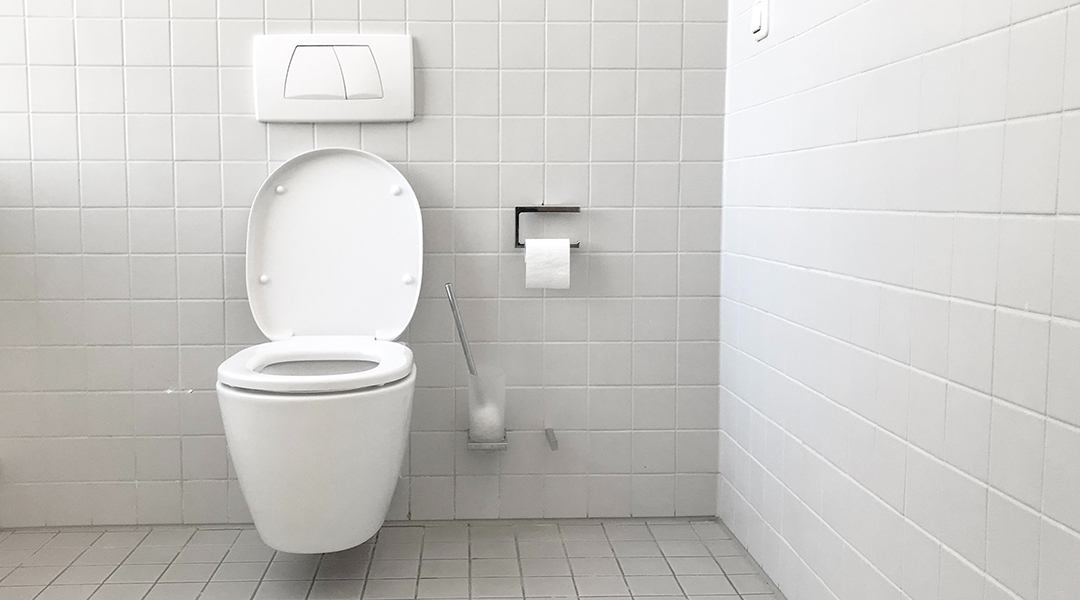

SARS-CoV-2 can survive the human digestive tract, and new research shows that flushing toilets could be a means of transmitting the virus.
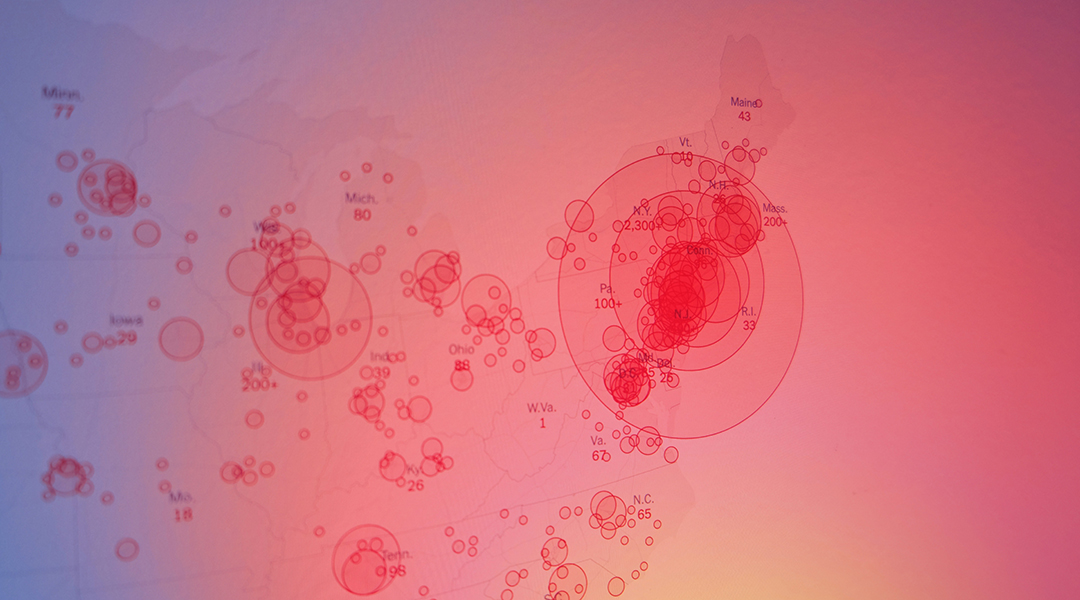
A new study estimates that one in five people worldwide have an underlying health condition that could increase their risk of severe COVID-19 if infected.
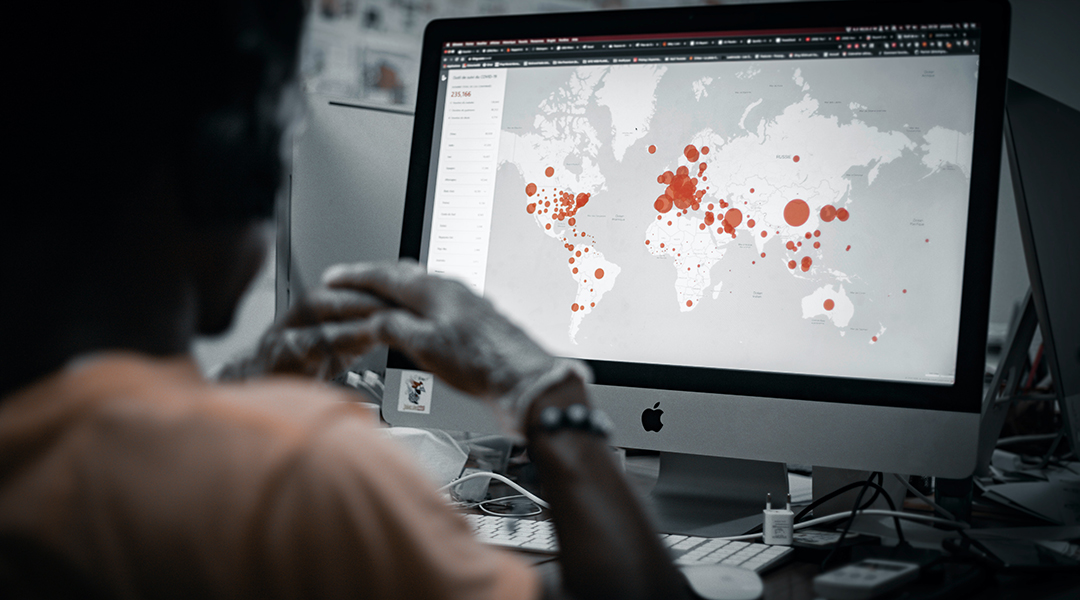
COVID-19, like climate change, is a complex social problem that will require social scientific knowledge to understand its full and lasting impact impact.
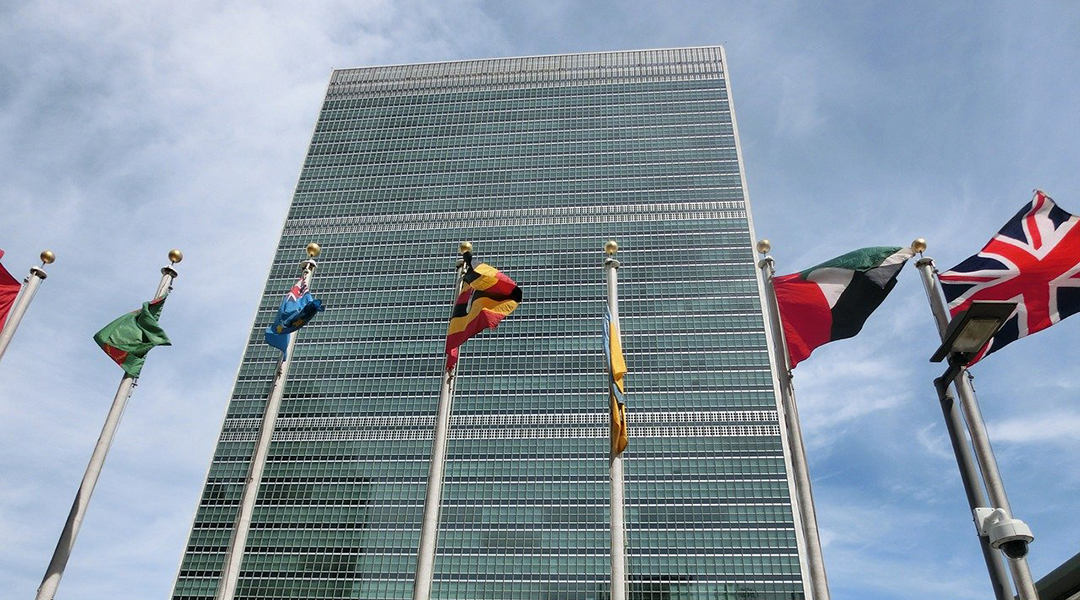
If governments take advantage of the ever-falling price tag of renewables to put clean energy at the heart of COVID-19 economic recovery, they can take a big step towards a healthy world, which is the best insurance policy against global pandemics.
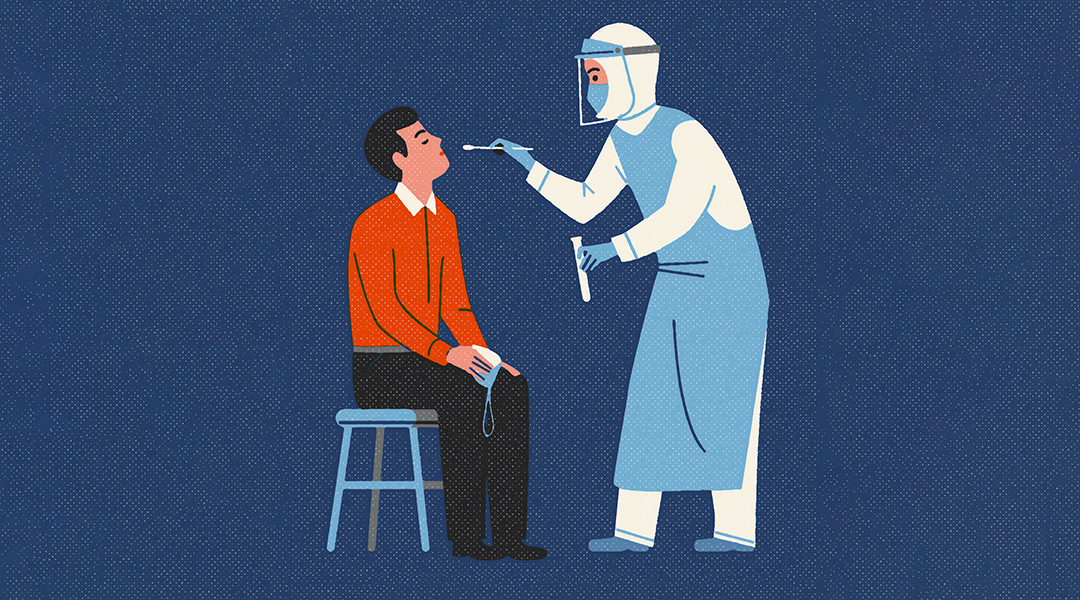
Exploring the unique ethical dilemmas raised by the COVID‐19 outbreak and how they have affected multiple sectors of society, both nationally and globally.
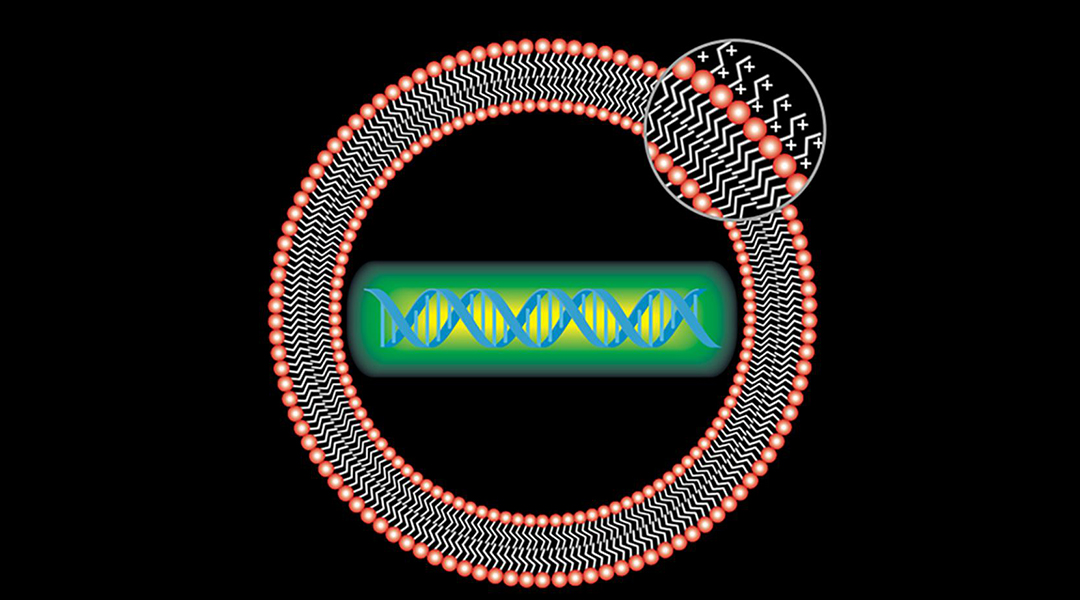
Lipitoids, which self-assemble with DNA and RNA, could serve as cellular delivery systems for antiviral therapies that prevent COVID-19 and other coronavirus infections.

SARS-CoV-2 transmission appears to be affected by humidity, but experts warn that declines in summer months will not slow transmission enough to make a big dent.
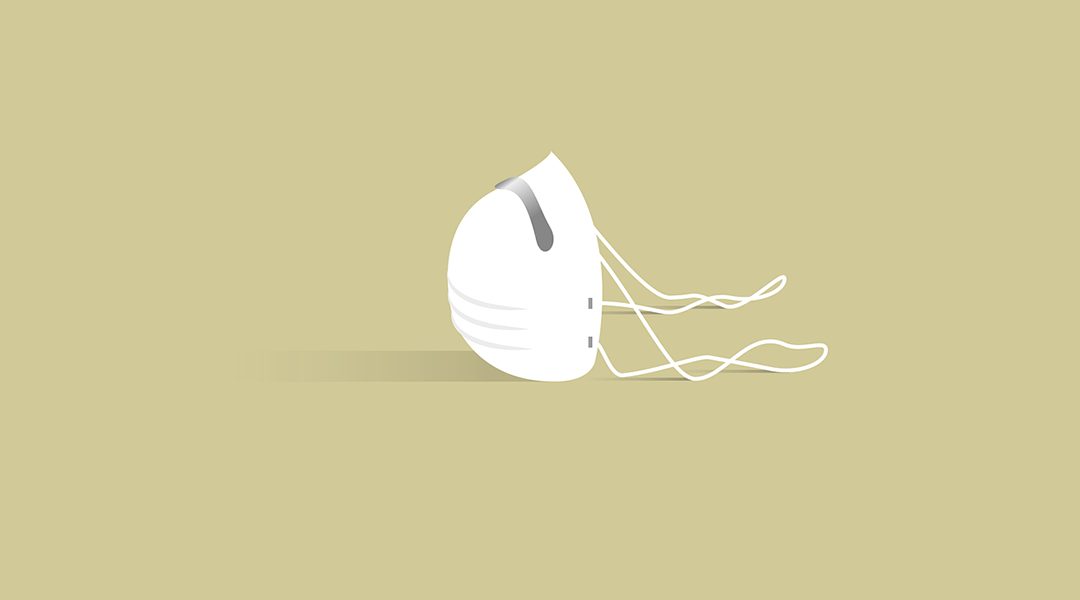
Mounting evidence suggests that the majority of SARS-CoV-2 infections occur through silent transmissions, where asymptomatic carriers spread virus-containing aerosols simply by speaking.
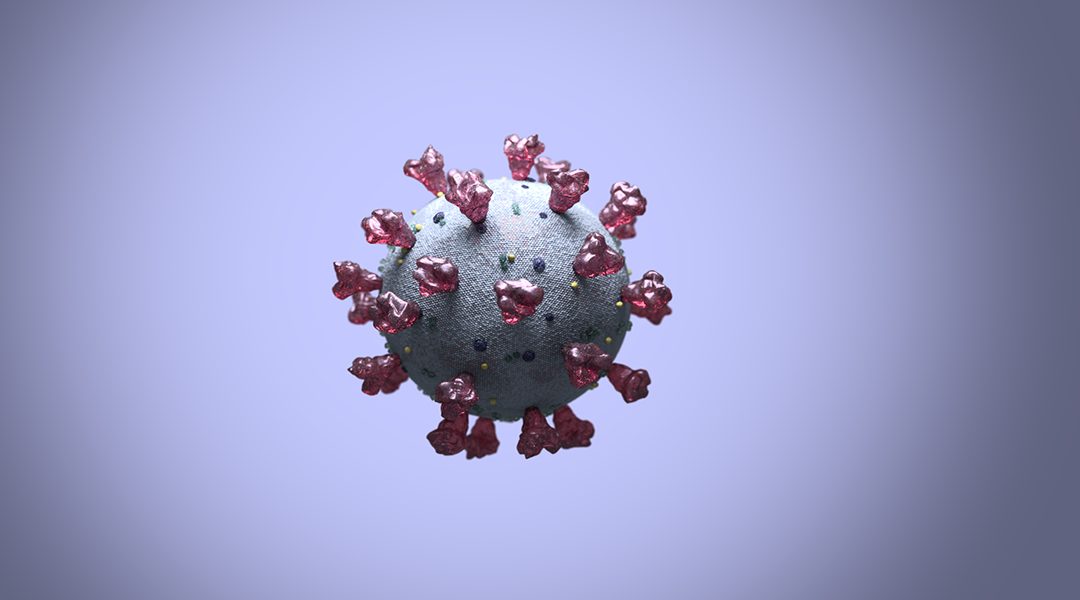
With the emergence of COVID‐19, it is important to address SARS‐CoV‐2 virulence through the relationship between exhaled particles, the climate, and transfection by interpreting the findings of prior studies.
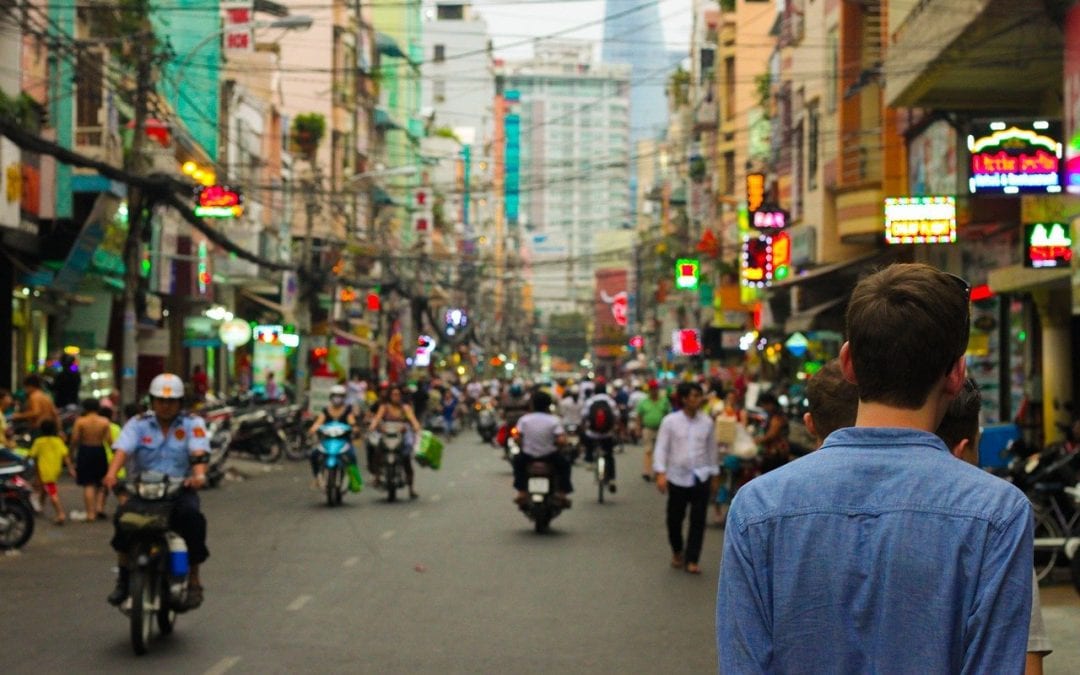
Researchers in China give hope for a potential vaccine against SARS-CoV-2.